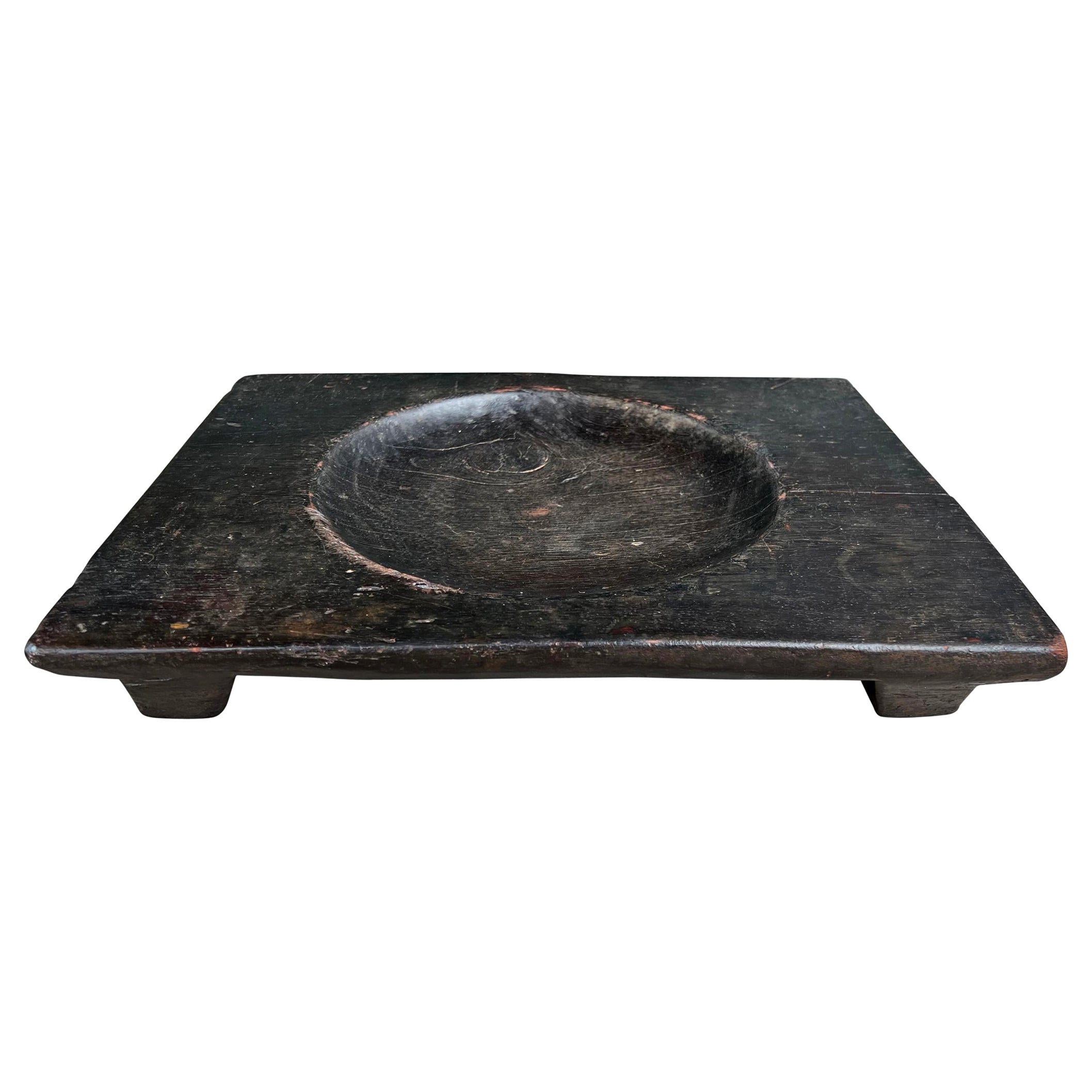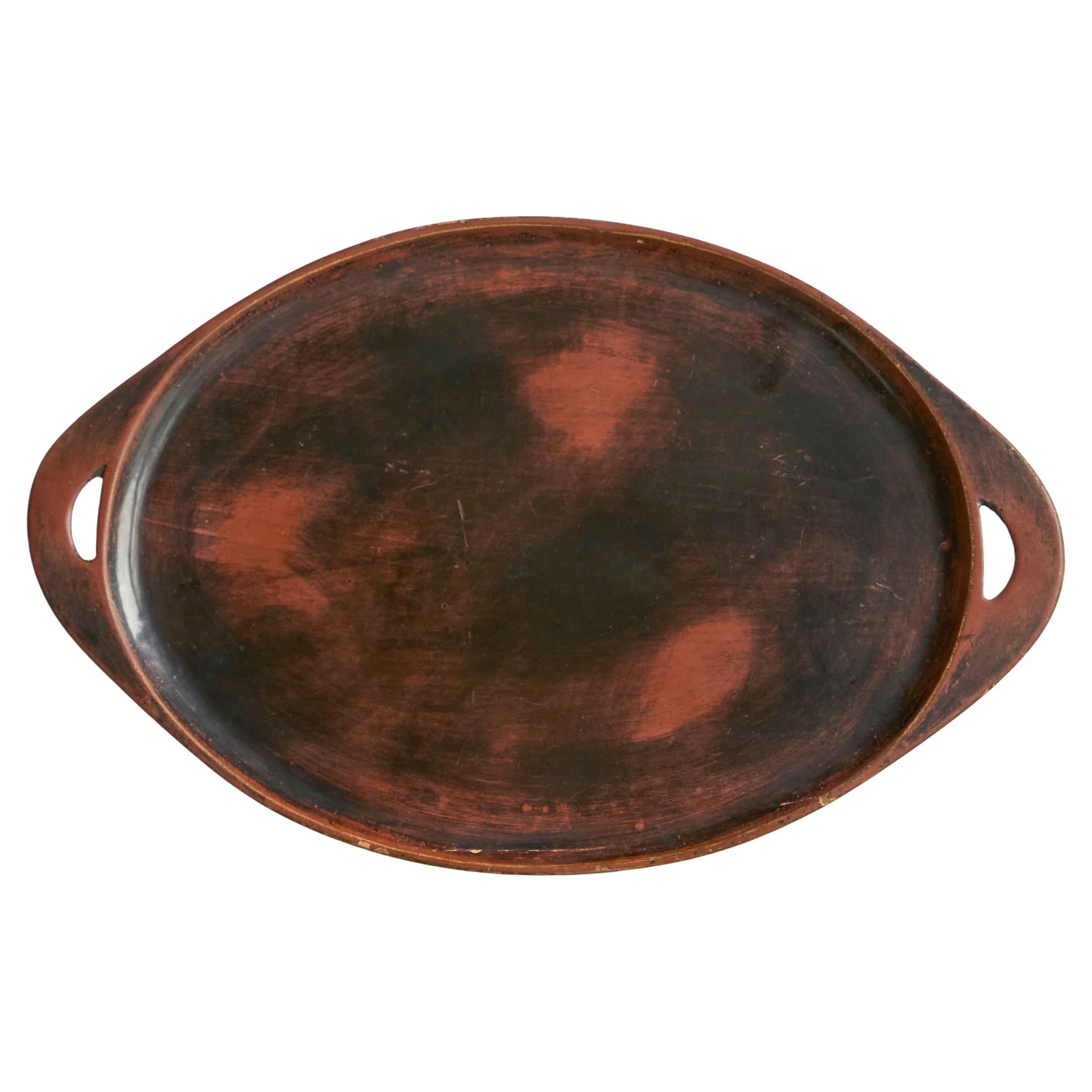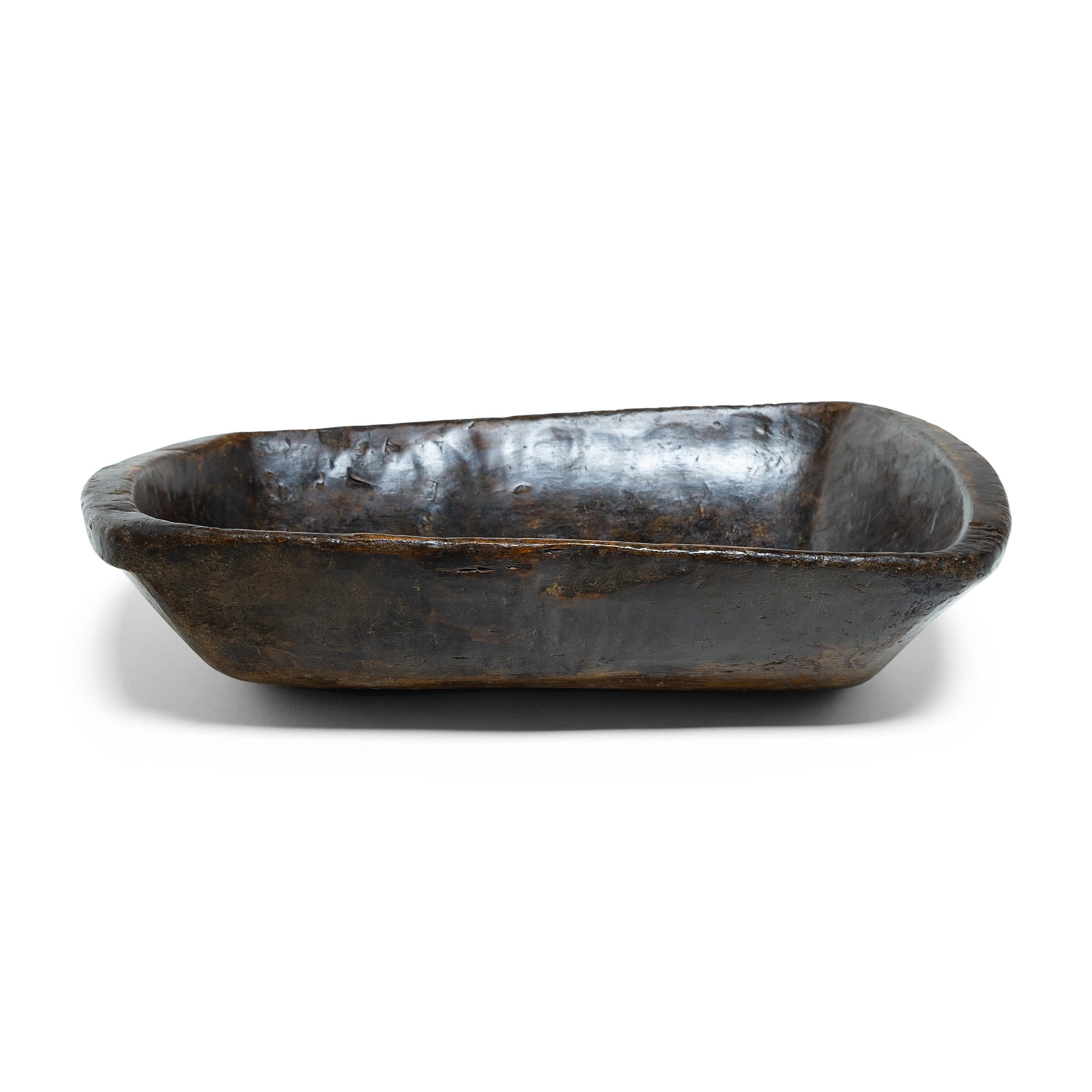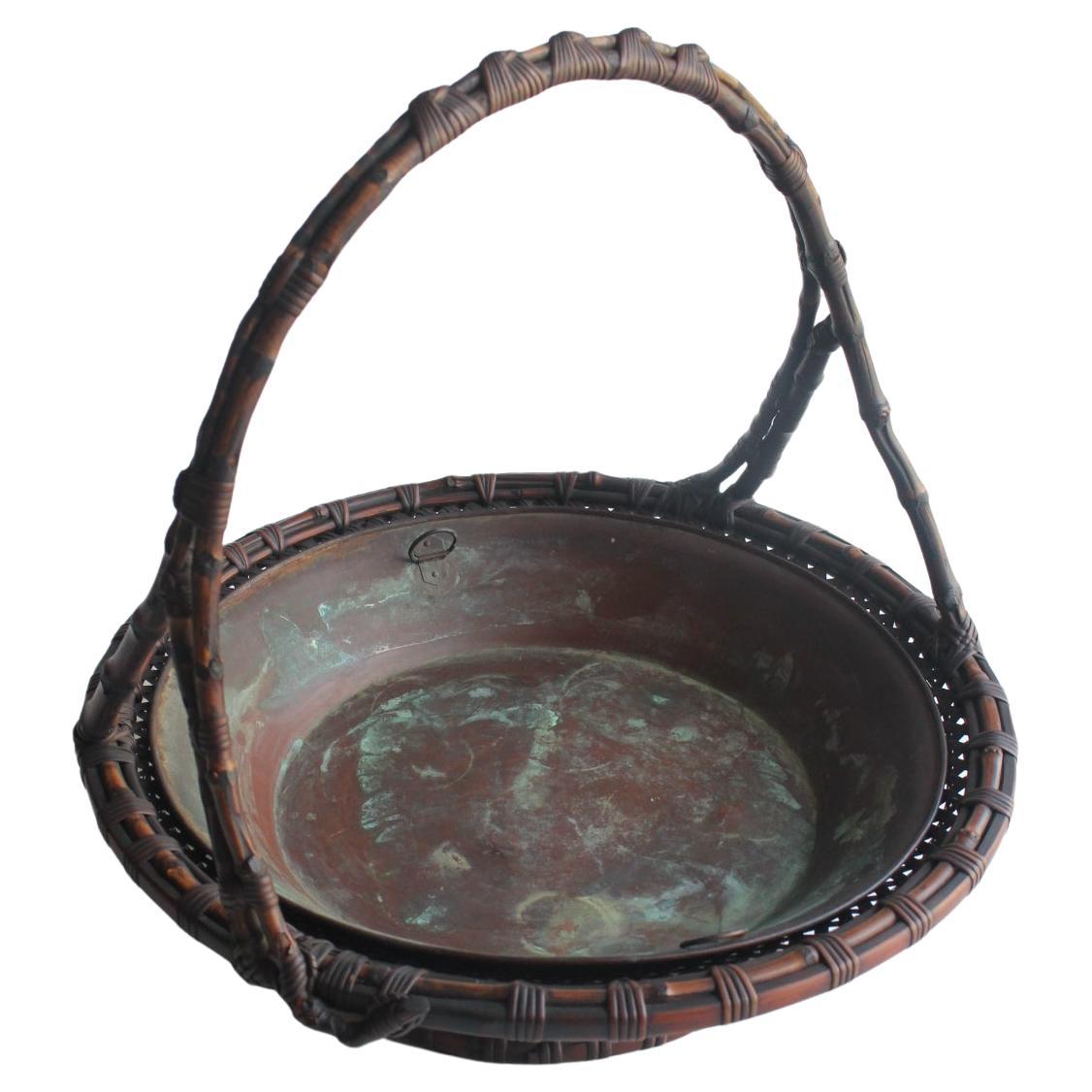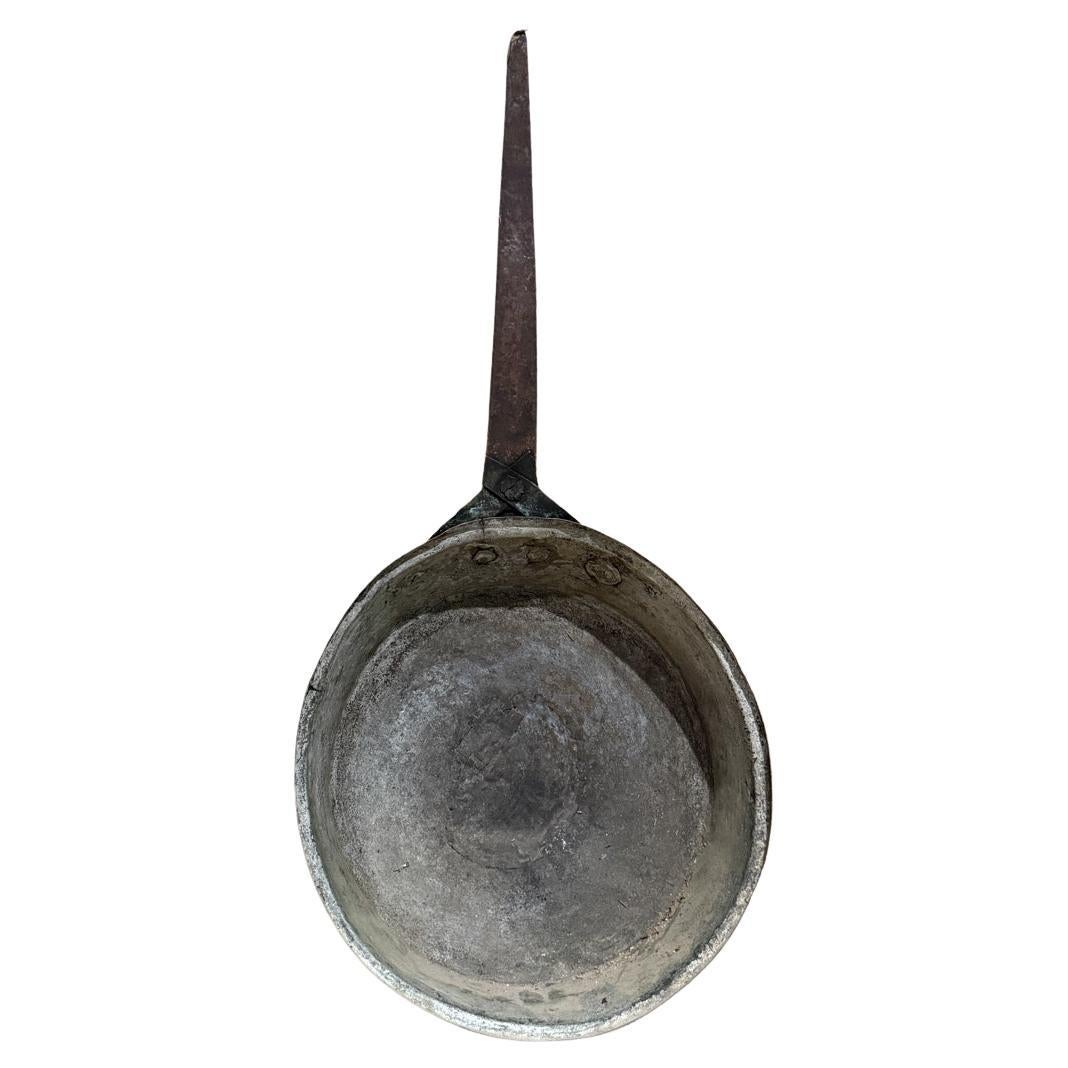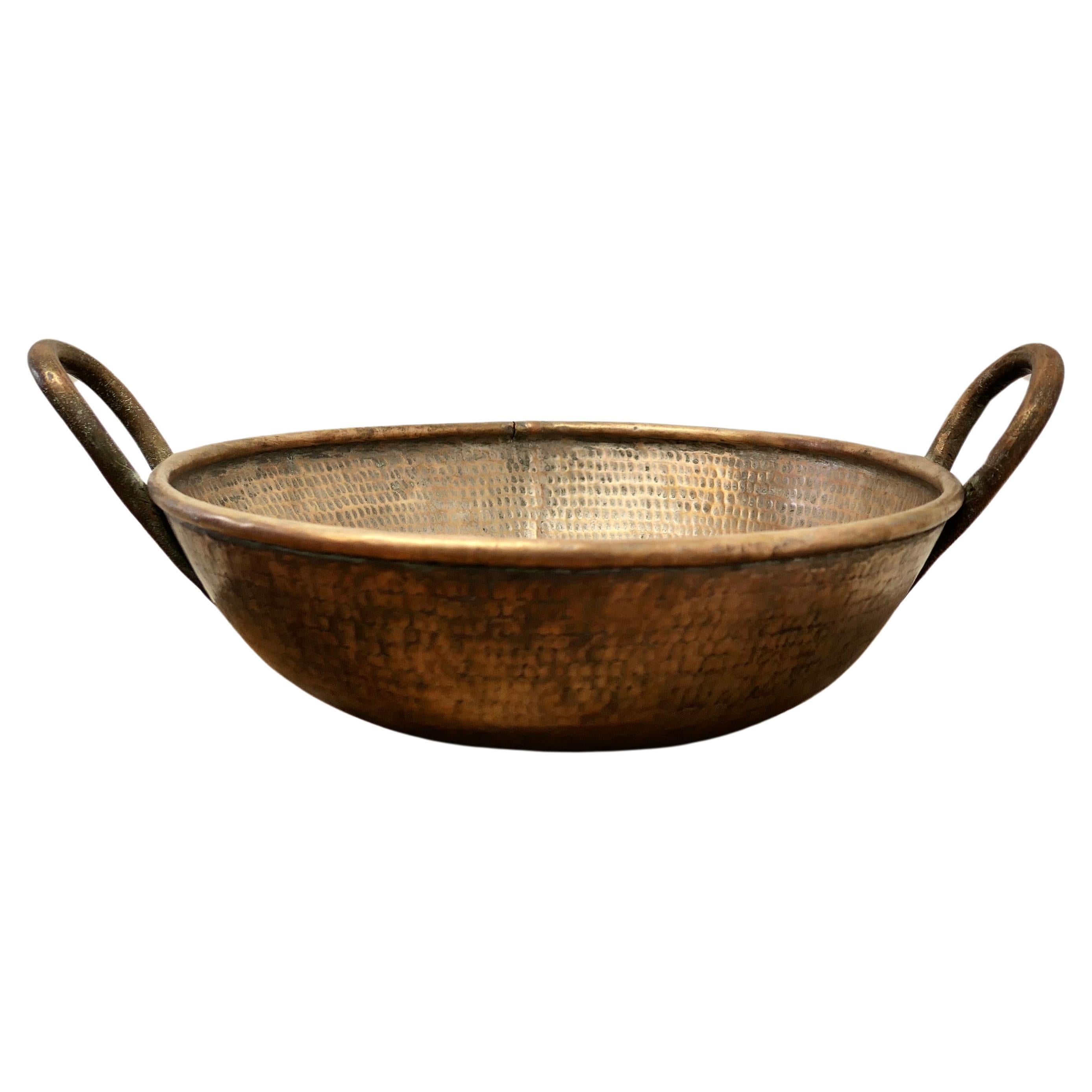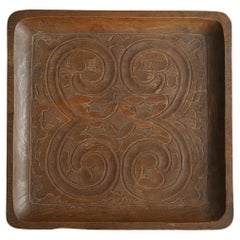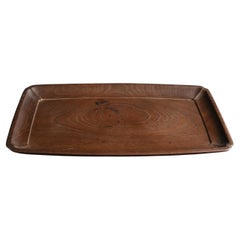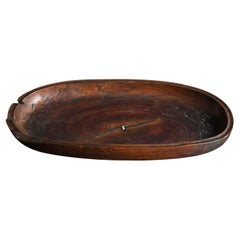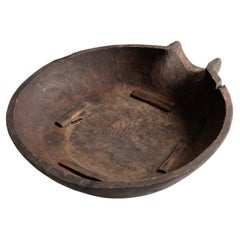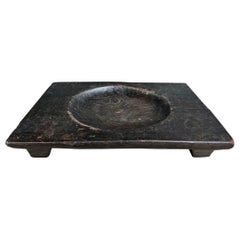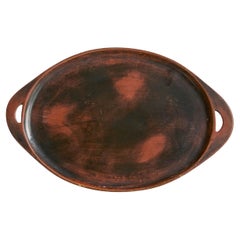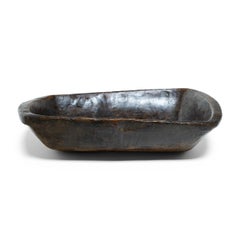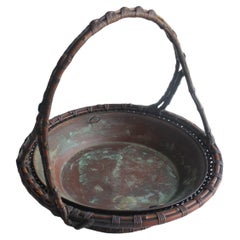Items Similar to Japanese Antique Copper Alloyr Tray / 1800-1900 / Gong / Wabi-Sabi Art
Want more images or videos?
Request additional images or videos from the seller
1 of 20
Japanese Antique Copper Alloyr Tray / 1800-1900 / Gong / Wabi-Sabi Art
$1,000
£755.11
€870.57
CA$1,411.43
A$1,555.83
CHF 814.08
MX$19,089.50
NOK 10,247.69
SEK 9,583.21
DKK 6,498.52
About the Item
I bought a very attractive copper tray.
This is an item that was once used as a gong.
In other words, it was used as a percussion instrument.
It was also used in temples.
The material is an alloy whose main component is copper, which is a mixture of lead and tin.
There are the same ones in China and South Korea, but the design of the gong does not change much, so I decided that it was made in Japan.
It seems to be quite old and the color has changed.
I think it's an item from 1800 to 1900.
After being used, it was diverted from its use as a gong to its use as a tray or pot.
In Japan, such tools are often diverted to other uses.
It has also been cracked and torn once.
However, this tear has been repaired and a beautiful finish has been achieved.
It did not leak even if I put water in it.
A special storage wooden box is also included.
It can also be used as a vase or as a confectionery container.
It is a recommended item.
Weight: 1.6 kg.
- Dimensions:Height: 2.84 in (7.2 cm)Diameter: 13.78 in (35 cm)
- Style:Edo (Of the Period)
- Materials and Techniques:
- Place of Origin:
- Period:
- Date of Manufacture:1800-1900
- Condition:
- Seller Location:Sammu-shi, JP
- Reference Number:1stDibs: LU5487228471312
About the Seller
5.0
Platinum Seller
Premium sellers with a 4.7+ rating and 24-hour response times
Established in 2015
1stDibs seller since 2020
1,624 sales on 1stDibs
Typical response time: 7 hours
- ShippingRetrieving quote...Shipping from: senzoku, Japan
- Return Policy
Authenticity Guarantee
In the unlikely event there’s an issue with an item’s authenticity, contact us within 1 year for a full refund. DetailsMoney-Back Guarantee
If your item is not as described, is damaged in transit, or does not arrive, contact us within 7 days for a full refund. Details24-Hour Cancellation
You have a 24-hour grace period in which to reconsider your purchase, with no questions asked.Vetted Professional Sellers
Our world-class sellers must adhere to strict standards for service and quality, maintaining the integrity of our listings.Price-Match Guarantee
If you find that a seller listed the same item for a lower price elsewhere, we’ll match it.Trusted Global Delivery
Our best-in-class carrier network provides specialized shipping options worldwide, including custom delivery.More From This Seller
View AllAntique Japanese wooden Hokkaido Ainu tray / early 20th century/MINGEI
Located in Sammu-shi, Chiba
We'd like to introduce a rare item to you. This is an "ita tray," a traditional wooden tray used by the Ainu people, crafted in Hokkaido. It likely dates from the Taisho to early Sho...
Category
Early 20th Century Japanese Taisho Tableware
Materials
Wood
Old Japanese mulberry tray/Showa era/20th century/Beautiful wood grain
Located in Sammu-shi, Chiba
Introducing a rectangular tray made of mulberry wood from the Showa period in Japan.
This gem was carefully carved from a single piece of solid wood using the mulberry tree, which h...
Category
20th Century Japanese Showa Tableware
Materials
Wood
Old Japanese Pine Tray/1868-1920/Confectionery Container
Located in Sammu-shi, Chiba
This is an old pine tray made in Japan.
Japan has had a long history of tea culture, and trays like this were used for sencha tea and other drinks.
They are also used when serving gr...
Category
Antique Late 19th Century Japanese Taisho Serving Pieces
Materials
Pine
Japanese Katakuch Wood bowl / Mingei Wabisabi
Located in Sammu-shi, Chiba
If you are looking for something special, we recommend buying items selected by BROOD.
We sell a carefully selected range of old Japanese items.
We have seen tens of thousands of ite...
Category
Mid-20th Century Japanese Showa Antiquities
Materials
Wood
Japanese antique pottery bowl/Tokoname ware/12th-13th century/excavated pottery
Located in Sammu-shi, Chiba
This is a pottery called Tokoname ware.
Tokoname is a kiln located in Aichi Prefecture, Japan (Tokoname Kiln is marked with a red circle on the map).
It is said to have originated ar...
Category
Antique 15th Century and Earlier Japanese Other Decorative Bowls
Materials
Pottery
Japanese wooden wabi-sabi board/Early 20th century/Display stand/MINGEI
Located in Sammu-shi, Chiba
This is an old wooden work board called a “Kate-Kiri-Ban,” which was used in the Aizu region of Fukushima Prefecture, Japan, around the early 20th century. The name breaks down as fo...
Category
Early 20th Century Japanese Taisho Antiquities
Materials
Chestnut
You May Also Like
Early 20th Century Japanese Tray
Located in Chicago, IL
A chic and modern-in-spirit early 20th century Japanese hand-carved wooden tray of rectangular form raised on two runners, and with a circular convex bowl in the center. There are several knife marks on one side making us believe that this was used in the kitchen. Today its perfect for catching your keys, pocket change...
Category
Early 20th Century Japanese Primitive Decorative Dishes and Vide-Poche
Materials
Wood
Wonderful Japanese Tray in Wood Early 20th Century
Located in Meer, VAN
Wonderful Japanese Tray in Wood Early 20th Century.
This is a wonderful early 20th century medium sized Japanese wooden tray. Great shape and colors - shifting from red to black. Ni...
Category
Early 20th Century Japanese Japonisme Platters and Serveware
Materials
Wood
Large Provincial Chinese Farm Tray, c. 1900
Located in Chicago, IL
This large wooden farm tray from perfectly balances rustic texture with minimalist simplicity. Carved from a solid block of wood, the tray has a rectangular shape with rounded corner...
Category
Early 20th Century Chinese Rustic Platters and Serveware
Materials
Pine
Japanese Antiques Maeda Chikubosai II, Hosai, bamboo tray, flat flower basket
Located in Niiza, JP
Second generation Maeda Chikubosai Hosai Smoked bamboo tray / bamboo basket
Material: Bamboo
Size: φ390× 115/380(H) [mm] 1kg
Box size: 420×460×420mm 5kg
Three famous bamboo craftsm...
Category
Antique 19th Century Japanese Antiquities
Materials
Bamboo
Antique Sauté Pan Copper and Brass Cookware style DH & M Arts & Crafts Period
Located in Chula Vista, CA
Antique Copper Sauté Frying Pan Cookware
Arts and Crafts Pan Hammered Copper and Brass
unable to confirm any markings
25.5 long x 12 diameter x 4 h
Preowned vintage wear and patina
i...
Category
Early 20th Century Arts and Crafts Platters and Serveware
Materials
Brass, Copper
Very Heavy Hand Beaten Brass Dish with Handles A very heavy and well made piece
Located in Godshill, Isle of Wight
Very Heavy Hand Beaten Brass Dish with Handles
A very heavy and well made piece, the dish has a gentle upward sweep to the edges, and it has a rolled top and very thick strong rivet...
Category
Antique 1880s Arts and Crafts Platters and Serveware
Materials
Brass
More Ways To Browse
Art Glass Japan
Wooden Storage Boxes
Antique Wooden Storage Box
Black Japanese Tray
Antique Gong
Copper Gong
Japanese Gong
Frigast Denmark
Indian Manuscript
Nickel Silver Spoon
Peugeot Grinder
Swedish Flatware
Vintage Mexican Salt And Pepper Shakers
Black Clay Plate
Butter Bowl
Danish 830s
Jens Quistgaard Dansk Pepper Mill
Leather Coaster Set
